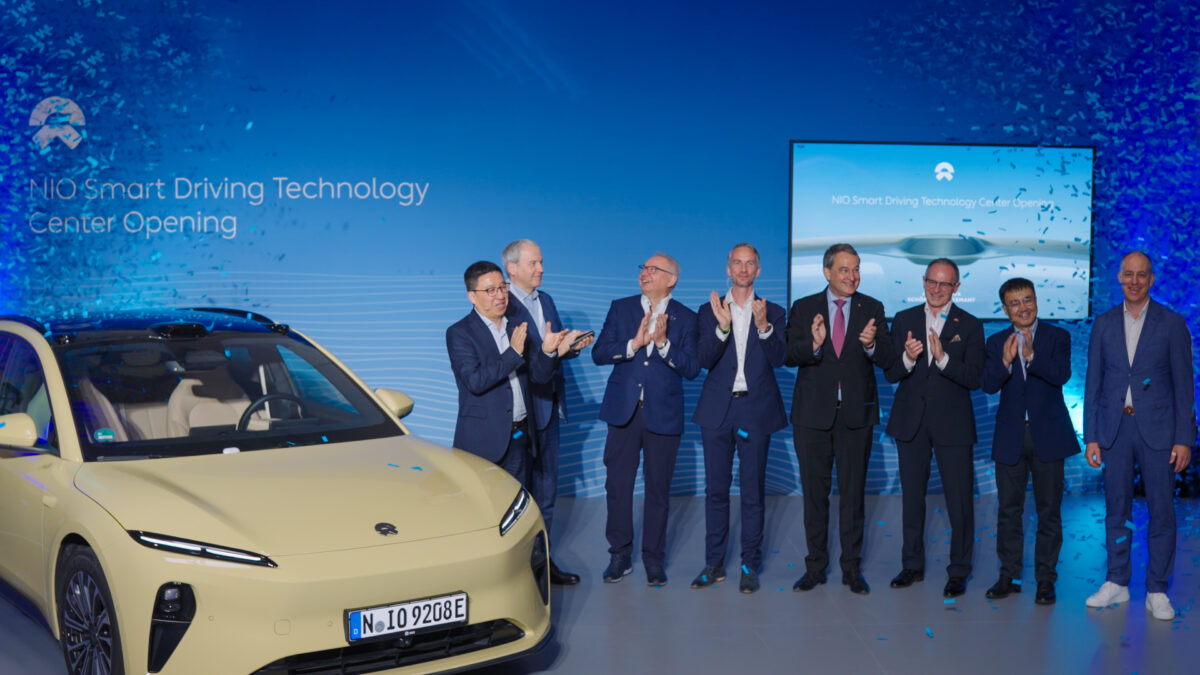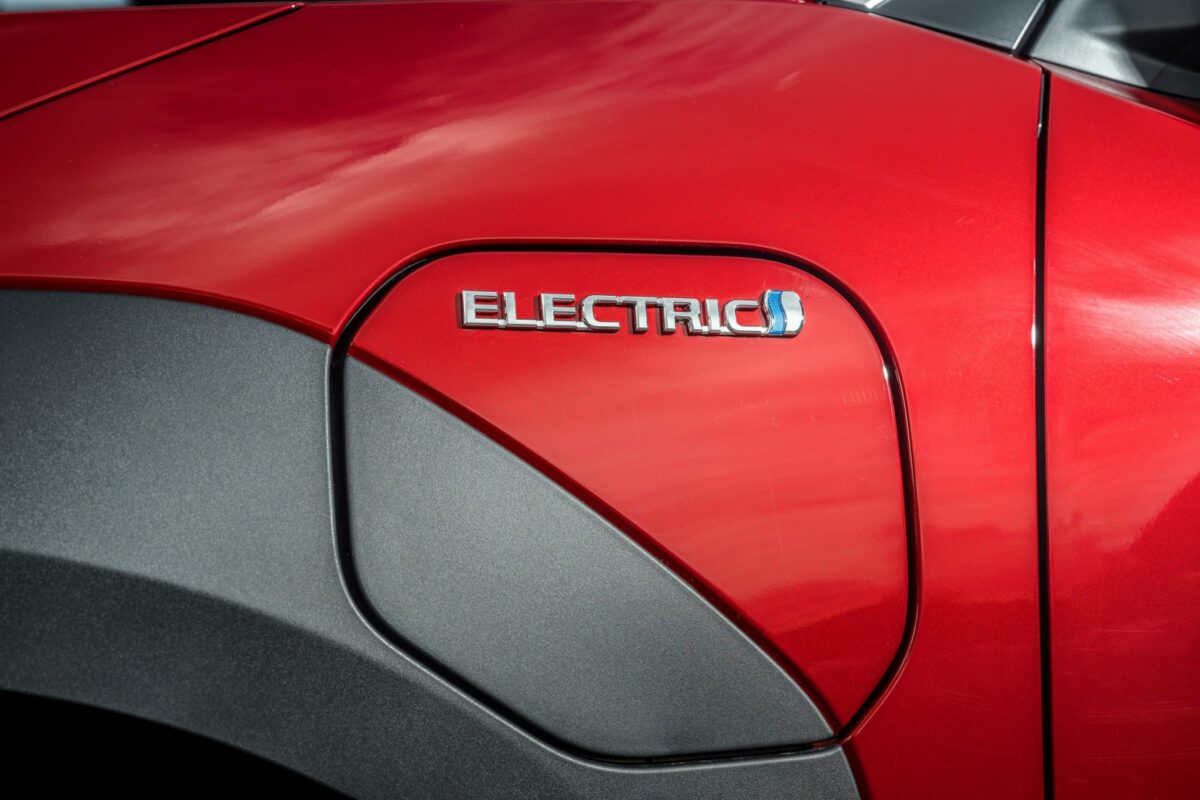The automotive retail experience, which includes dealerships, needs fixing. Survey after survey reveals that the current retail model is failing buyer expectations, and automakers’ own numbers confirm these findings.
Dealerships everywhere are struggling with fewer visitors, high staff turnover and slumping profits. In the US, for example, sales staff churn is now at 67%, and dealership profits halved between 2016 and 2017. Changing consumer needs are adding to the pressure; in a 2015 report Accenture highlighted how car buyers not only wanted a better digital experience, but even then, most were ready to complete the entire process online.
OEMs appear to be unsure about how to react to this growing pressure. Should they break away from the current retailing model and start selling straight online, like some experts have suggested? Should they re-work the model, take over many, if not all of their outlets, and pursue a strategy of vertical integration? Or should they try to fix what is broken with dealerships right now?
Accenture’s view is that the latter option looks best, and that the dealership is here to stay. Almost every automaker should start by fixing the dealership experience first, and then create a new car-buying experience that fits consumer needs. A comprehensive, well-thought out retail strategy that has ‘new’ dealerships at its core will take any OEM a very long way – and will be more effective and less risky than most e-commerce or vertical integration plays.
Why dealerships are here to stay
There are many surveys that suggest buyers are willing to shop for new cars online; a recent study by eBay stated that 63% of buyers surveyed were thinking about doing so. However, findings like these ignore an important role that the dealership plays.
Buyers still seek ‘offline’ experiences in a dealership. They are keen to shop online, configure cars on the web, and some return to an OEM’s website to order and pay once they have made a final decision. But in between these steps, car buyers like to find a showroom, speak to an expert, and ‘get the feel’ of a car before they take it for a test drive.
Automakers should start by fixing the dealership experience first, and then create a new car-buying experience that fits consumer needs
Oddly enough, this tends to be especially true for those who are very digital-savvy. An Accenture survey found that so-called ‘digital natives’, who do most of their shopping online, were likely to visit their car dealer more often than their more conservative ‘digital laggard’ peers: 60% of the digital natives stopped at their dealer more than twice before buying a car, compared to only 47% for the more conservative customers. If these numbers really reflect current buyer behavior, then dealerships are anything but obsolete.
Automakers have another reason to keep their brick-and-mortar stores open – e-commerce can be a double-edged sword. If car buyers shop online, they mostly do so because they think they can get a better price. Research by Accenture has found that nearly half (43%) of digital natives surveyed would consider purchasing a new vehicle online if prices were cheaper than those at the dealership; 50% of digital laggards said the same.
What, then, about the huge online success of Tesla, which relies heavily on e-commerce, and received 300,000 pre-orders for its Model 3 online before customers had the chance to even see one up close? A key factor was that the company had a monopoly on a sought-after electric car, and sold it – almost exclusively – through the one channel that made sense. In other words: Tesla’s e-commerce retailing model is successful because Tesla buyers do not have a choice, and alternatives from other brands in the electric vehicle market are still limited.
Why vertical integration is risky
Dealerships are failing buyers’ expectations, but they are also still key to almost every auto retail strategy. Which is why, for most OEMs, the question must become: what can be done to fix the broken dealership and offline experience?
The answers are fairly clear. Today’s car buyers are ‘channel-agnostic’; they expect a meaningful, personalised service when they visit an OEM’s website and a dealership. In fact, they don’t differentiate between the OEM and a dealer, and all their expectations are being shaped by their experiences as customers of other, highly digitised industries. Which means they’d really like to see a well-integrated, multi-channel play that provides whatever they seek, whenever they seek it, at whichever touchpoint they are.
Dealerships are anything but obsolete
That’s exactly why so many experts think that automakers should pursue vertical integration, or in other words, sell their cars directly by cutting out the dealers. It’s also why several of the OEMs are already trying just that. The Volkswagen Group already runs its own flagship stores for some of its brands, and it has made it very clear that it would like to sell more cars through its own factory outlet, Autostadt, near its headquarters in Wolfsburg, Germany. Then there is Mercedes-Benz Cars’ flagship store on 11th Avenue in Manhattan, New York City.
This is a sensible approach because it does give OEMs far more control of the overall buyer journey and experience. But it’s also a high-risk strategy: if an automaker carries out too little vertical integration, it will see little to no results. If it does too much, it might upset dealers and soon find itself without the network of dealerships, which, again, is critical to sales and therefore business success. Then there are the costs that come with setting up and running physical stores.
Industry estimates show that setting up a decent-sized auto store near a mid-sized city can easily require upwards of US$10m (€8.55m), and operating costs of one store have been reported to add up to over $4.5m per year. Do OEMs have that kind of budget whilst making sky-high investments in connected, autonomous, shared and electric vehicles? If Volkswagen, one of the more cash-rich manufacturers out there, were to replace only 20% of its roughly 9,000 dealerships with wholly-owned VW stores, the company would have to put aside US$18bn just to set them up, and another $8.1bn to run them for a year. That seems like too big a line item for even the most cash-rich automakers.
Why revising retail first is the way to go
The best solution in terms of securing a seamless customer experience across all channels without taking the financial risks of vertical integration lies in the close collaboration between automakers and their dealers. For example, some premium OEMs have begun to upgrade the dealership experience by bringing in new staff that are more consultants than sales reps – like BMW with its ‘Product Geniuses’, or by adding aftersales offerings like call-center services, which are run by the OEM (Volvo being a good example).
Digital solutions should also be used to enable new mixed reality experiences in and outside of the store
These strategies fix many of the things that are wrong with the current dealership experience, and at relatively low cost. They also enable automakers to test, enhance, and scale new ways of doing business, which they can then put into place beside their existing channel retail strategy – all while enjoying the cost- and cash-flow upside of the channel retailing model. That’s not to say that this kind of strategy is without risk. Relying on third-party dealers might create challenges for the future, when a huge share of revenues and profits will come from selling, tracking, and enhancing data and digital services. These kinds of revenue sources generally don’t lend themselves well to channel retailing.
First steps
So, what should automaker C-Suites do next? While there are many answers, a general recommendation is to first review the current retailing strategy and experiences that come from it. Then, make a commitment to collaborate with dealers and support them to fix what is broken.
Brands should shape an ‘engage everywhere, any way’ strategy for jointly driving customer engagements through a wide variety of channels, including new store formats. Digital solutions should also be used to enable new mixed reality experiences in and outside of the store – think augmented reality (AR) product experiences, digital service offerings for buyers and owners, and more. Finally, automakers should build a data-driven retail culture both within the company and the dealers it works with.



